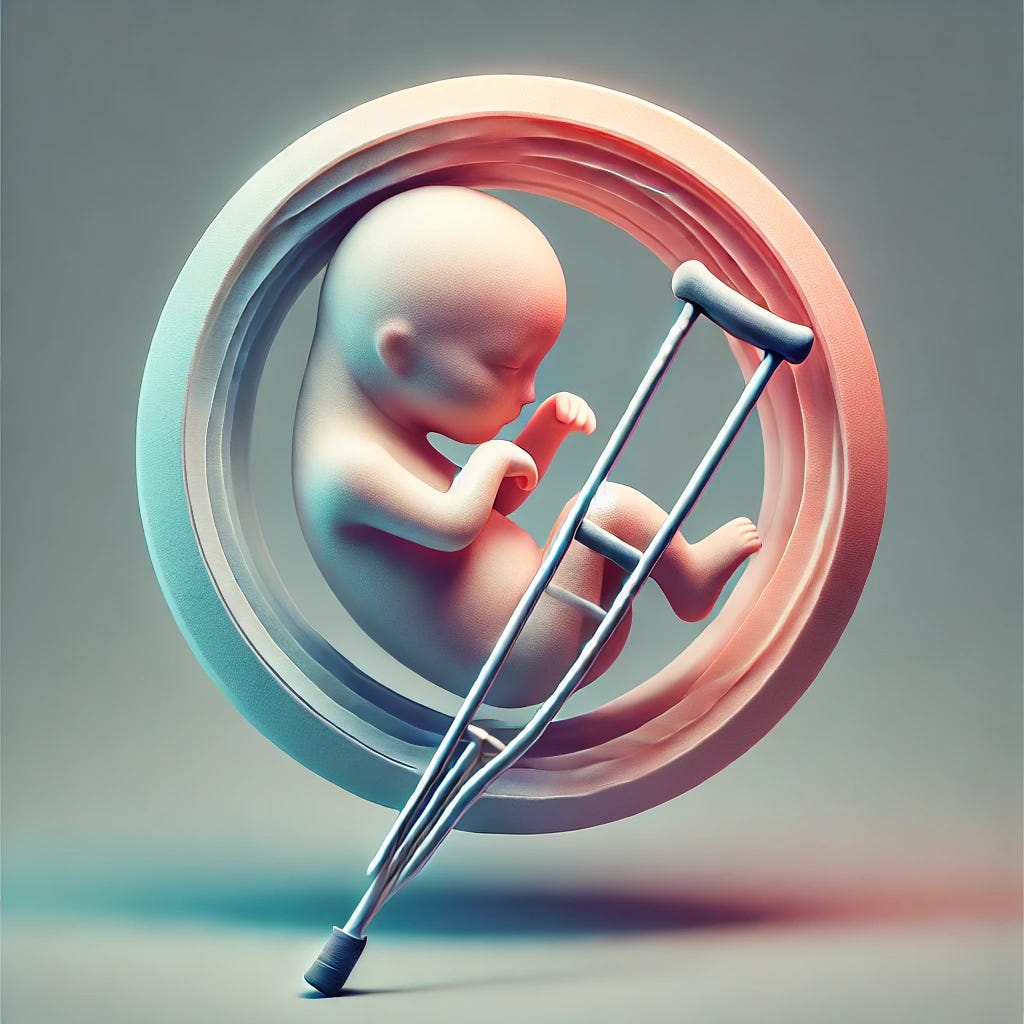The CRIPLE-ing Effects of Hormonal Contraception
Why Emerging Discoveries Demand a Less Linear Approach to Understanding Effects of Hormonal Contraception
Pre-fertilization. Post-fertilization.
That is how pro-lifers have historically framed discussions around pregnancy, contraception, and abortion.
However, it’s becoming apparent that for hormonal contraception (HC), establishing causation within the traditional pre or post-fertilization paradigm is no longer sufficient.
That’s because research suggests that pre-fertilization effects lead to post-fertilization effects that may cause abortion.
I think a more helpful term is contraceptive related induced proliferative and luteal effects (CRIPLE). I’ve written more about CRIPLE in The Fine-Tuning Argument for Embryo-Endometrial Synchrony.
Traditionally, when people think of pre-fertilization effects with HC, they cite mainly two mechanisms:
prevention of ovulation
prevention of fertilization
But this doesn’t always happen using HC. As I’ve covered in The Protestant Pill Problem, one of the main thrusts of this substack is to answer the question: what happens when ovulation and fertilization does occur on HC?
As mentioned in Tridecahedrons and the Probability of Abortion While Using Hormonal Contraception, it’s likely based on research data that a woman on the the mini-pill has a 1 in 13 chance of an abortion every cycle, with similar probabilities for the progesterone-only implant and IUD.
You’ve been told over and over again that hormonal contraception only has pre-fertilization effects, and that any post-fertilization effects are theoretical.
After reading the studies, I’m not so sure…(read more)




